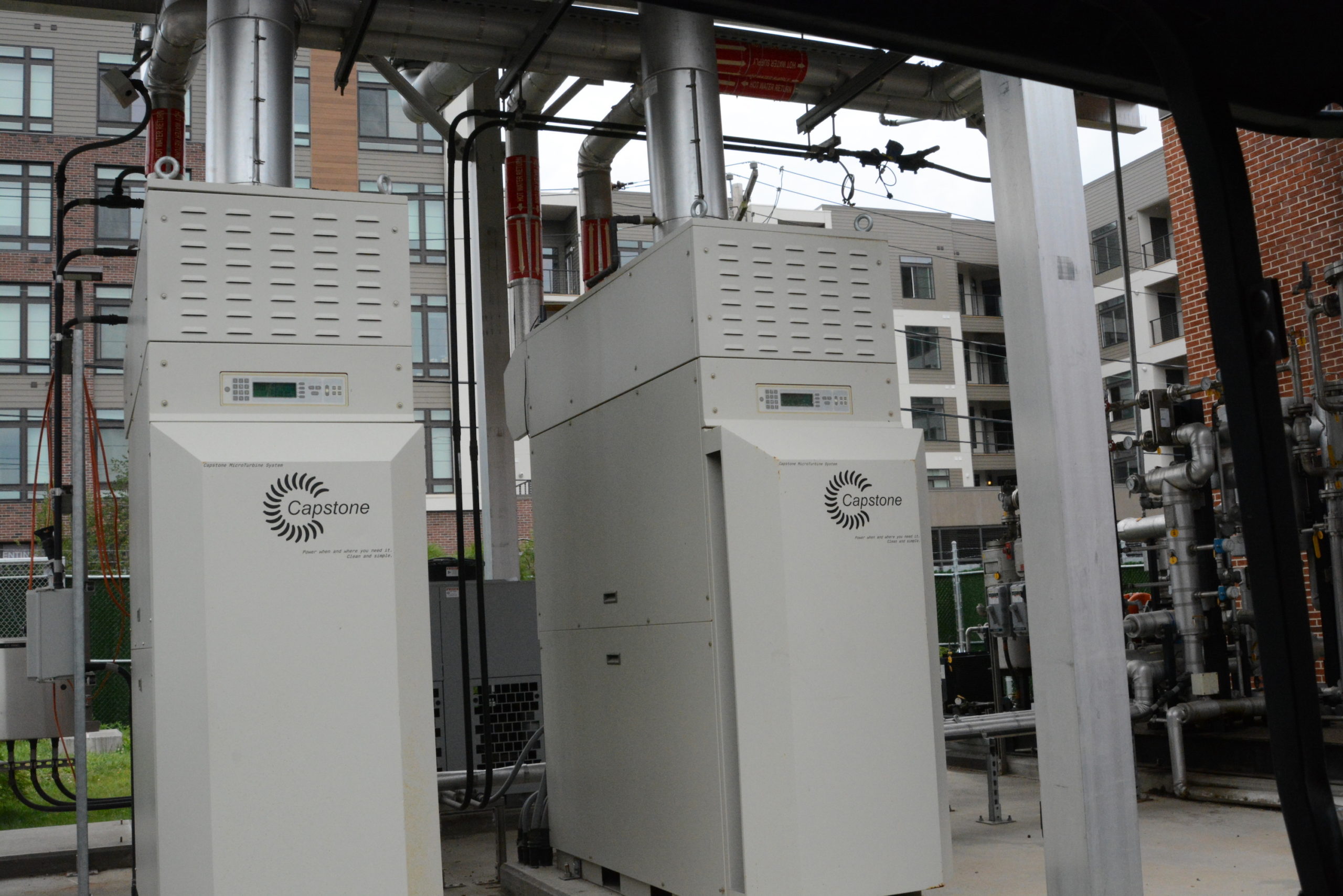The Great Neck Water Pollution Control District will be receiving about $12.2 million from the state, according to one of their commissioners, potentially setting the stage for the wastewater facility to serve as a beacon to similar facilities.
The money will go toward three projects working in tandem: a modern grease receiving station, which would be the first in Nassau County, upgrades to the facility’s anaerobic digester, and a third micro turbine.
Steve Reiter, a commissioner for the Great Neck Water Pollution Control District, said that this is the largest grant they ever received—and could help put them on the map.
“This is all technology that is transferrable,” Reiter said. “The hope would be that we would become a model for other sewage treatment plants.”
The water pollution control district serves more than 25,000 residents within the villages of Great Neck, Saddle Rock and Kensington, as well as parts of Thomaston, Great Neck Plaza and Manhasset. The wastewater treatment plant is designed to handle 5.3 million gallons per day.
The grease receiving station would accept brown grease from local restaurants and commercial kitchens, which would then be used to help power the facility. Reiter said that their engineers estimate it could take in 1,200 to 1,500 gallons once the digesters are upgraded.
This in turn translates to about $100,000 in revenue to offset any rising costs, he added.
State Sen. Elaine Phillips, who secured the new funding for the water pollution control district, said the effects of these upgrades would be felt throughout the region.
“Nassau County currently lacks a facility capable of handling commercial grease disposal on a large scale, and constructing a local station is long overdue,” Phillips said in a statement. “This funding will allow the District to create a new disposal station, which will provide both economic and environmental benefits for the region, while at the same time reducing the taxpayer burden by converting grease into energy to run the plant.”
Phillips also said that in addition to increased taxpayer savings, the new station could create over 200 jobs in the area, half of which are employed directly by the District.
District officials also said it would help improve the efficiency of their digesters, which eat away solid wastes, and increase bio fuel production of the new digesters. The planned digester upgrades, district officials said, could double their methane production, triple their gas storage while incorporating new safety components.
“We hope to set the example, that there is energy in wastewater,” Christopher Murphy, superintendent of the Great Neck Water Pollution Control District, said in a statement. “Utilizing these proven technologies, wastewater treatment plants can become more environmentally friendly and self-sufficient, all while saving taxpayers’ dollars.”
District officials predicted that the addition of the third micro turbine, meanwhile, could allow the facility to produce 50 percent of its needed electricity and 100 percent of the heat needed for the sewage treatment process.
The Long Island Regional Economic Development Council also gave $770,000 for the $12.3 million project.
The bidding process will likely take a few months, Reiter said. Digester upgrades, the grease receiving station and the third turbine will likely take about year.



